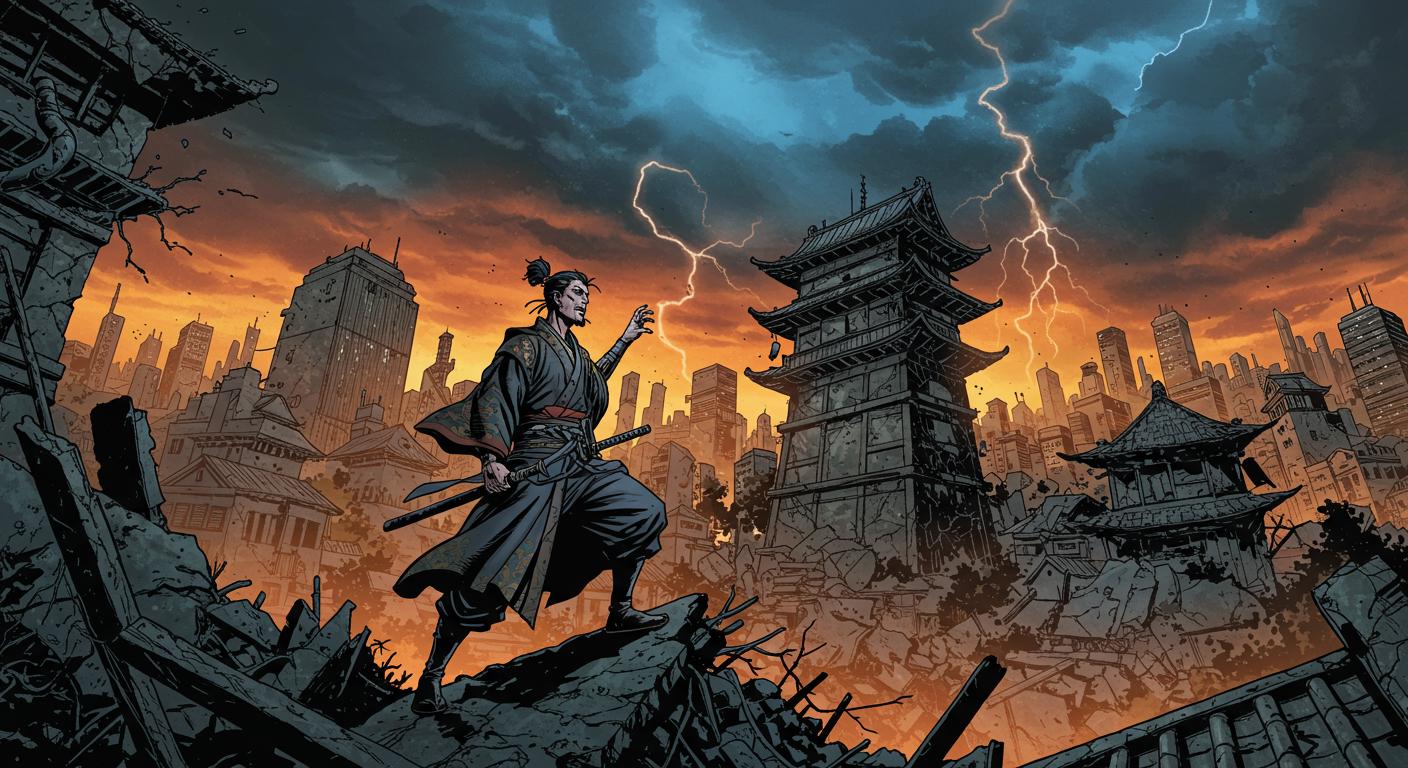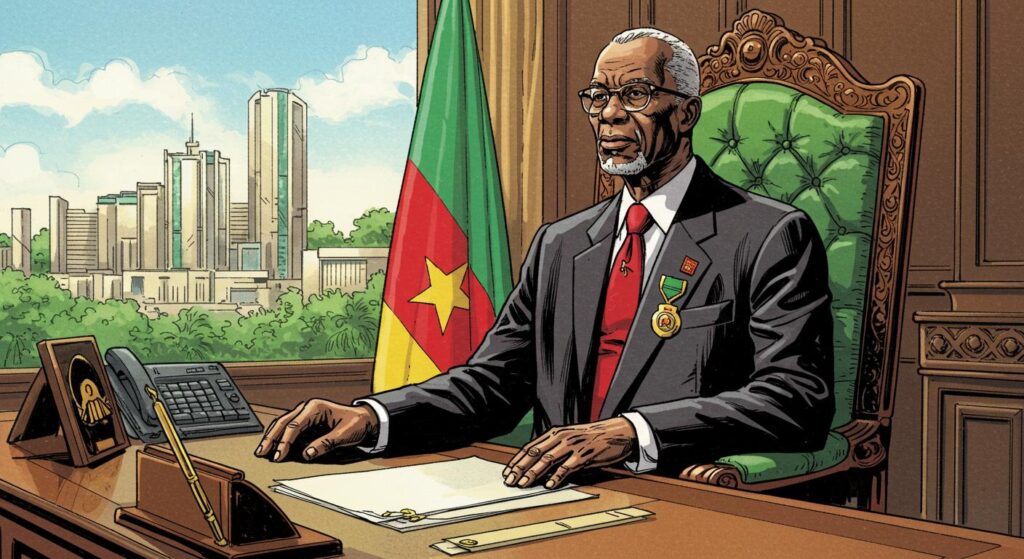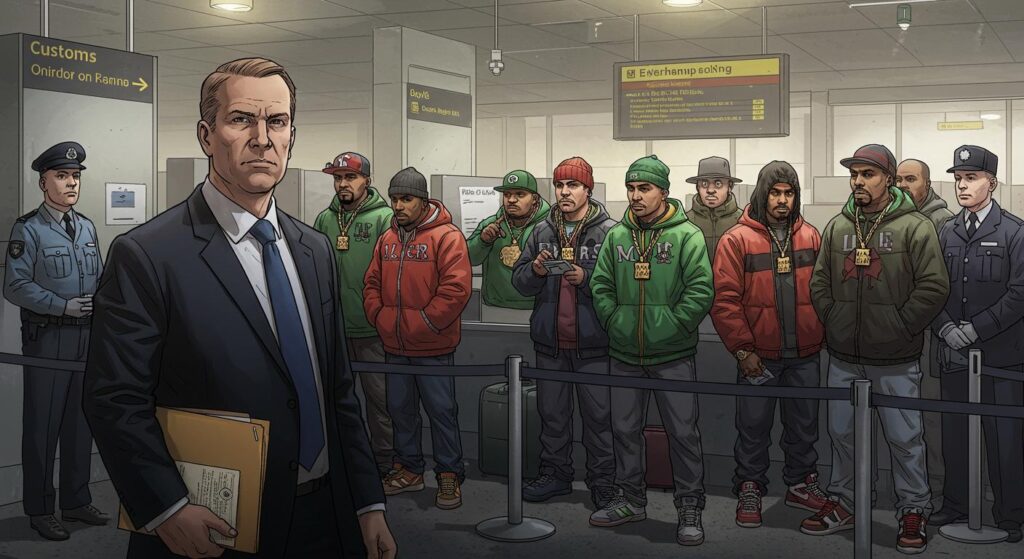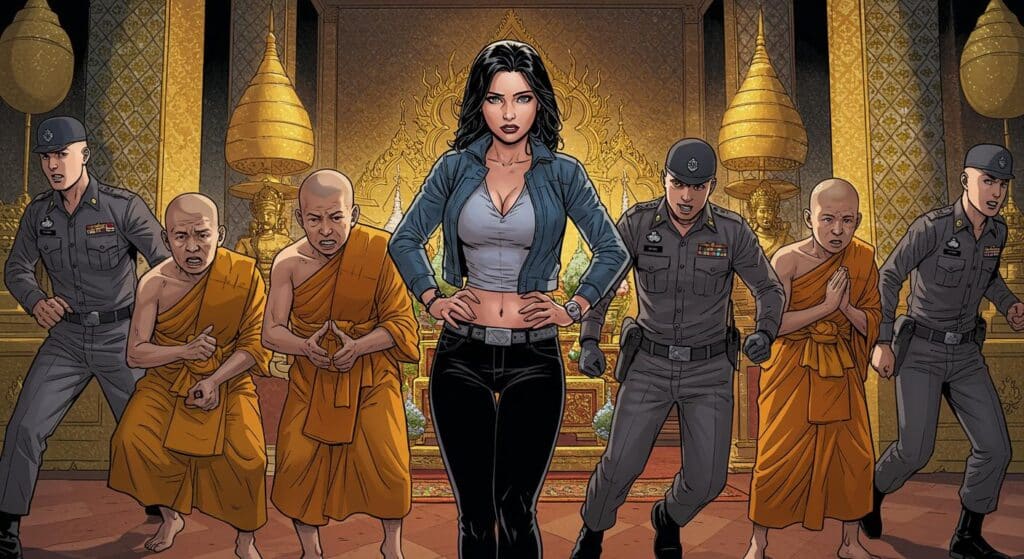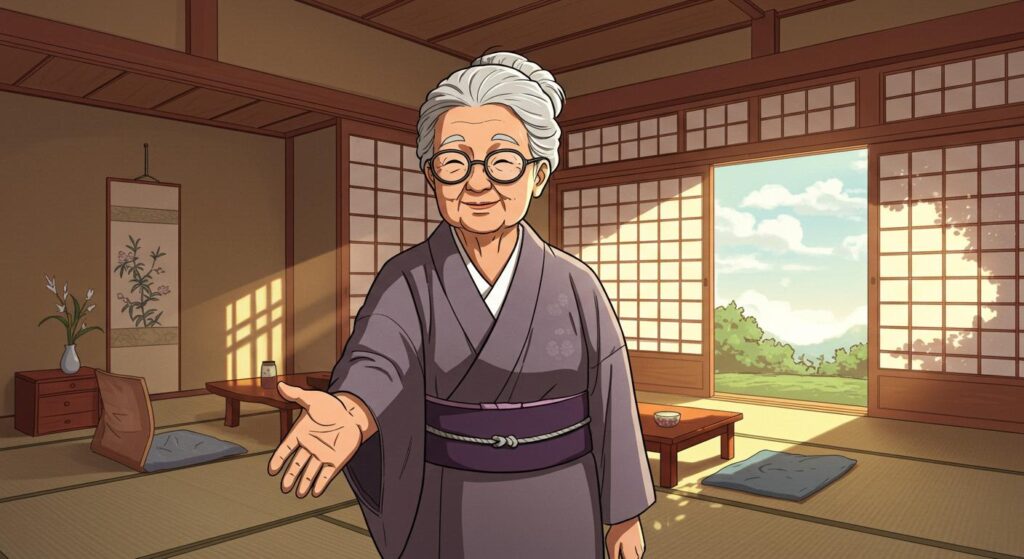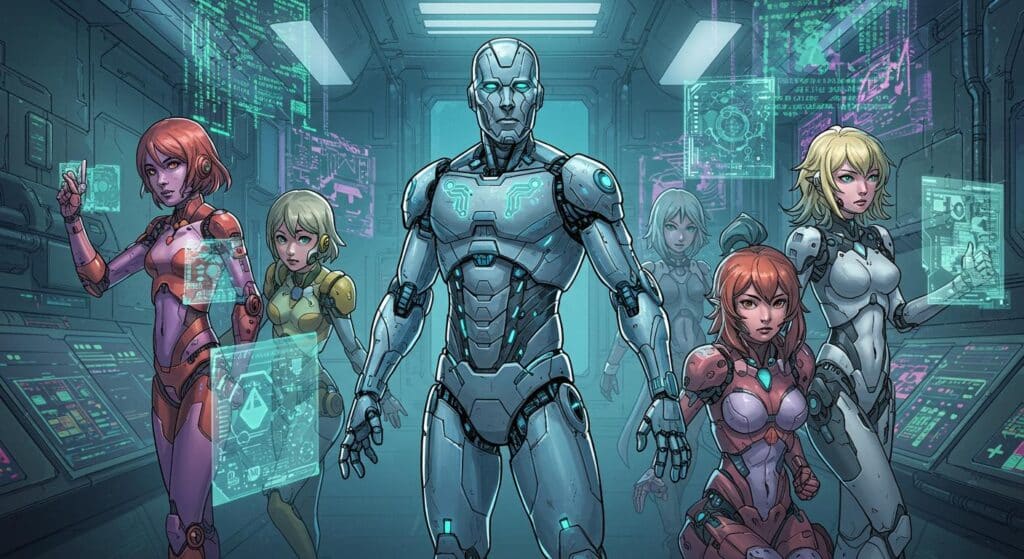If you’ve ever entertained the idea that art imitates life—or occasionally gets one step ahead of it—Japan’s recent seismic activities may have you reassessing your position. In a development basically designed for enthusiasts of the uncanny, a decades-old manga has become an unlikely focus for prophecy-watchers and skeptics alike. As reported by Metro, author Ryo Tatsuki’s curiously well-timed warnings about a “great disaster” in July 2025 have resurfaced, just as a swarm of earthquakes continues to rattle the country’s southern islands.
Prophecies from the Stacks
Digging through the archives, so to speak, leads us to Watashi ga Mita Mira (translated as The Future I Saw), a manga published in the late 1990s, in which Ryo Tatsuki, now often regarded in prophetic circles as Japan’s Nostradamus, compiled 15 of her dreams from the mid-1980s. Tatsuki’s mother had initially gifted her a notebook to jot down these nocturnal scenarios—some of which, as outlined in Metro, ventured from the cryptic to the eerily precise. One of her dreams, detailed within the manga, featured “a crack opening up under the seabed between Japan and the Philippines, sending ashore waves three times as tall as those from the Tōhoku earthquake.” A 2021 reissue took it even further with a foreword boldly claiming, “The disaster will occur in July 2025.” It’s vintage publisher flair—sometimes a little extra drama finds its way into the dust jacket.
An Unnerving Coincidence in Timing
Metro notes the latest run of earthquakes struck just two days before Tatsuki’s forecasted “great disaster” date of July 5, 2025. The Tokara Islands experienced more than 900 quakes, including a 5.5 magnitude event on Wednesday. Grouping reports cited in Metro, authorities shared that the ongoing swarm has been unsettling for the 700 residents, some of whom described it as difficult even to stand upright—a sentiment amplified by one local’s comment to the regional broadcaster MBC: “It’s very scary to even fall asleep. It feels like it’s always shaking.” Notably, there is no tsunami warning, but with no hospital access on the islands, nerves are understandably frayed. These cascading tremors, described by Metro, seem the kind of coincidence that has even the non-superstitious keeping an extra eye on the calendar.
Prophetic Distance: Tatsuki’s Take
Metro’s coverage also highlights that Tatsuki herself has started stepping away from her status as a soothsayer. In her autobiography, The Testament of an Angel, she clarifies that many of the published predictions were more a product of publisher enthusiasm than prophecy under her own banner. “I was unhappy that it was published primarily based on the publisher’s wishes,” she explained, while reflecting on the rushed nature of some entries and her vague memory of them during busy periods. This distancing, as referenced from Tatsuki’s words in The Sankei Shimbun and relayed through Metro, feels very much like the cautionary footnote often attached to archival oddities: don’t confuse every scribbled page for gospel.
As often happens when personal writings become public, it’s tricky to disentangle fact, interpretation, and a publisher’s penchant for the dramatic. One starts to wonder if every diary entry can, given enough time and editing, become a local legend—or in this case, a national myth.
Dreams and the Disasters They Foretold
Metro provides further context, noting that Tatsuki’s manga contains sketches and cryptic passages not only hinting at natural catastrophes—like a volcanic eruption of Mount Fuji accompanied by storm clouds—but also the deaths of Freddie Mercury and Princess Diana. Among the most striking pages: “Great disaster happens March 2011,” which many have retrospectively connected to the real-world Tōhoku earthquake of that year. The outlet describes how these snippets, largely preserved thanks to that original 1985 notebook from her mother, now serve as a sort of collage of prophecies ripe for reinterpretation whenever disaster strikes.
Earlier in Metro’s report, it’s mentioned that the epicenter of this most recent quake activity lies roughly 745 miles from Tokyo, in the waters off the Tokara island chain. Each new tremor seems to send curious readers back to Tatsuki’s work, searching for meaning and perhaps just a bit of reassurance.
Patterns, Prophecies, and the Perils of Hindsight
As someone used to sifting through old dream diaries and half-forgotten prophecies gathering dust in the stacks, I can say the urge to see patterns is a perennial one. Metro’s documentation provides plenty of fodder for those inclined to link dream journaling to disaster prediction, particularly in retrospect. The timing is uncanny—the anxiety, very human.
Yet, as with most “prophetic” works, interpretation seems to do most of the heavy lifting. When Tatsuki offers a candid explanation of events being half-remembered and publisher-driven, it feels less like backtracking than a gentle reminder to take all oracles with a pinch of skepticism. At some level, the act of turning an obscure manga into an apocalyptic manual for 2025 seems more a feat of collective pattern recognition than of clairvoyance.
Aftershocks Real and Imagined
It’s difficult not to appreciate the fascinating life cycle of such predictions. A handful of dreams evolve from maternal encouragement to manga vignettes; years later, they resurface in unsettling proximity to real-world disaster. At what point does the notebook of a manga artist become a touchstone in a nation’s collective consciousness? Is it when the ground starts shaking, or only when the publisher adds a bold date in the foreword?
Metro’s reporting leaves us with a curious blend of anxiety and admiration—both for the unpredictability of nature, and for our own tendency to find order among its chaos. Whether Tatsuki’s old dream diary is a genuine oracle or simply a mirror for our collective nerves, the lines between art, unease, and aftershock remain as blurry as ever. Or perhaps that uncertainty is only fitting, given how much remains unsettled below the surface.

